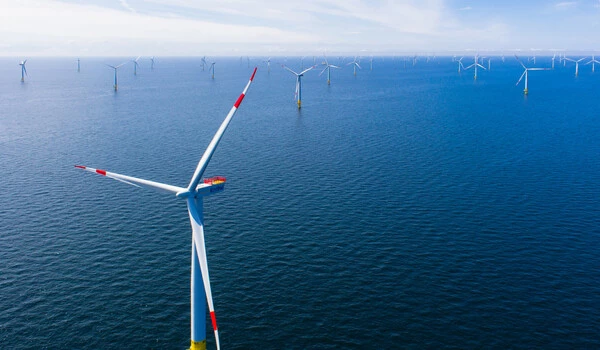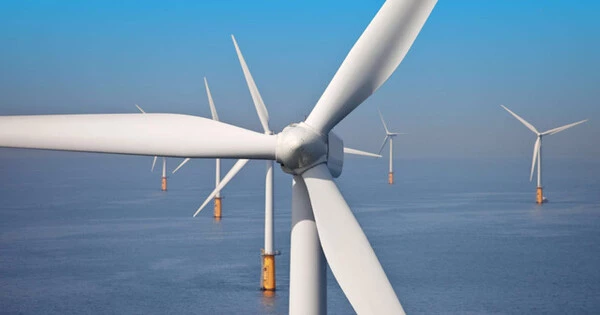Wind turbines capture and convert wind energy into electricity. Because of its ability to capture wind energy, a wind turbine blade is an important component of a clean energy system. The configuration of the blades has a significant impact on their efficiency. Tip speed ratio, angle of attack, materials used in the manufacture of the wind turbine blade, and weight of the wind turbine blade all play important roles in determining the efficiency of the blade as well as the efficiency of the turbine.
Scientists demonstrate that a bionic approach combining features of a seagull’s wing with an engineered flow control accessory known as a Gurney flap can significantly improve wind turbine performance. To achieve the best aerodynamic performance, the scientists simulated the use of the combined flow control accessory in a variety of scenarios, including high and low angle of attack and pre- and post-stall scenarios. They compared their computational simulations to experimental results for an aircraft wing experiencing a dynamic stall.
Wind energy is based on efficient wind turbine blades that act as airfoils, similar to airplane wings. Air flow control accessories similar to those found in aircraft improve the aerodynamic performance of the turbine blade.
The overall trend of the calculated lift curve agrees well with the experimental measurement results. Because the dynamic stall and its control are notoriously difficult to predict, our simulation accuracy is deemed acceptable.
Xiaomin Liu
Scientists from China demonstrate how a bionic approach combining features of a seagull’s wing with an engineered flow control accessory known as a Gurney flap can greatly improve wind turbine performance in the Journal of Renewable and Sustainable Energy, published by AIP Publishing.
A Gurney flap is a small tab that projects at right angles from the trailing edge of a wing. Its presence disrupts wind flow patterns and is especially effective at improving performance at low angles of attack. The angle of attack in aerodynamics is the angle formed by a line drawn through the center of an aircraft wing and the oncoming flow of air.
Although Gurney flaps improve airfoil performance at low attack angles, they are not ideal for large angles of attack. According to research, while Gurney flaps can significantly improve wind turbine performance in some situations, the turbine speed will be reduced.

Bionic flow control is a new approach that mimics biological flight control systems, such as wings and feathers. The concept stems from the observation that when a bird lands or is caught in a gust of wind, the feathers on the top of its wings pop out, creating a natural flap.
Bionic feather-inspired flaps can increase lift and delay the onset of stalling at high angles of attack, according to computational and experimental studies. Despite their benefits, adding bionic flaps can reduce lift, especially before a stall occurs. As a result, the researchers tried a method that combined Gurney flaps with bionic features.
To achieve the best aerodynamic performance, the scientists simulated the use of the combined flow control accessory in a variety of scenarios, including high and low angle of attack and pre- and post-stall scenarios. They compared their computational simulations to experimental results for an aircraft wing experiencing a dynamic stall.
“The overall trend of the calculated lift curve agrees well with the experimental measurement results. Because the dynamic stall and its control are notoriously difficult to predict, our simulation accuracy is deemed acceptable” Xiaomin Liu, the author, stated.
According to Liu, the combined flow control accessory effectively improves the airfoil’s lift coefficient. “When a combination of Gurney flap and bionic flap is used for angles of attack ranging from 16 to 24 degrees, the maximum lift coefficient of the airfoil is increased by 15%.”















